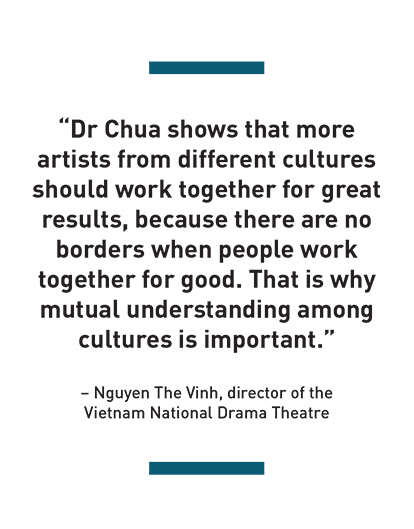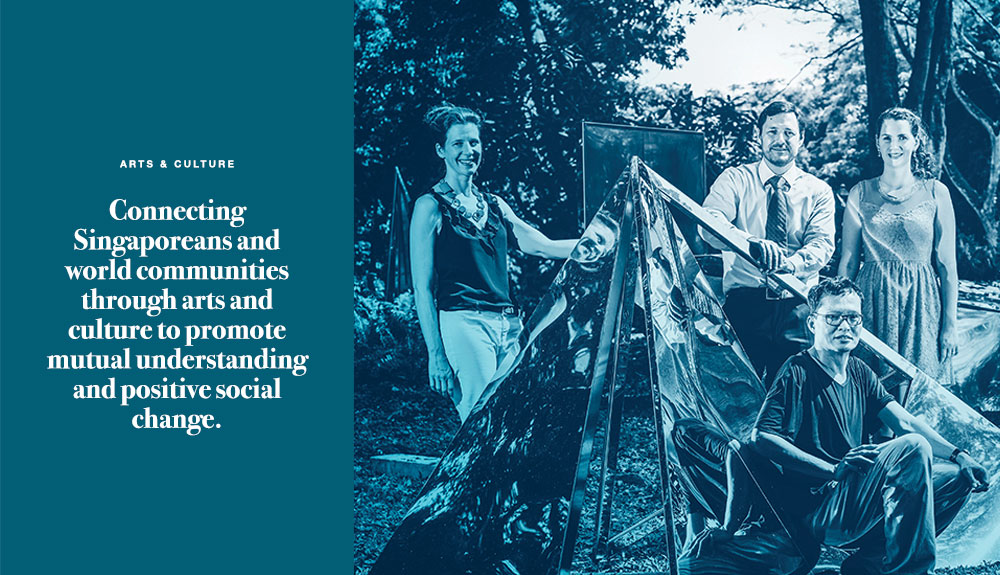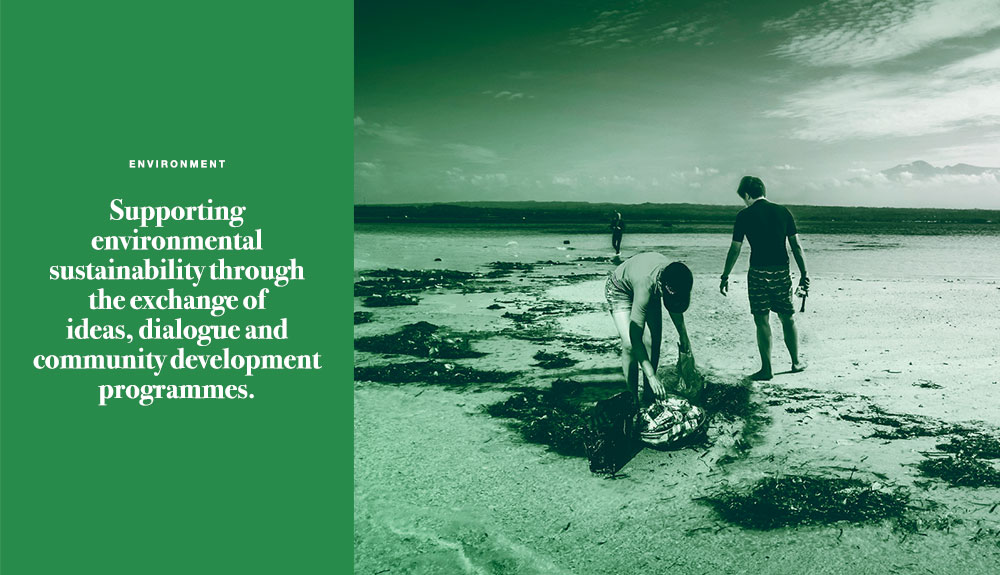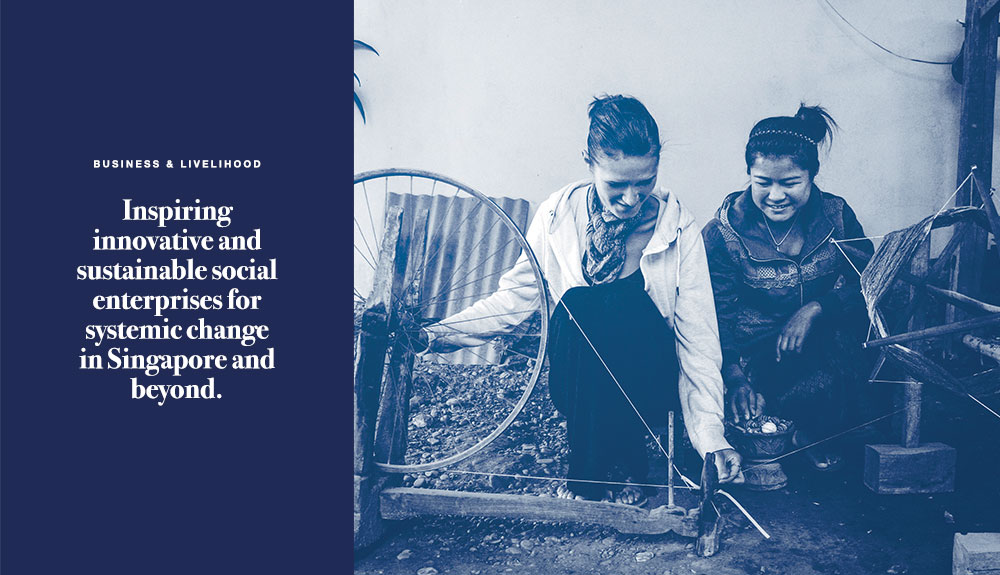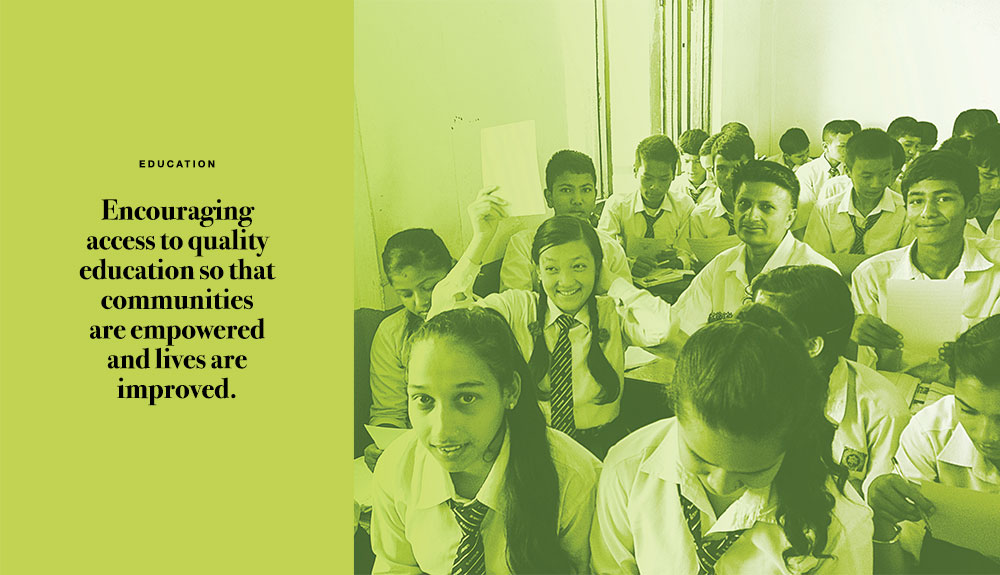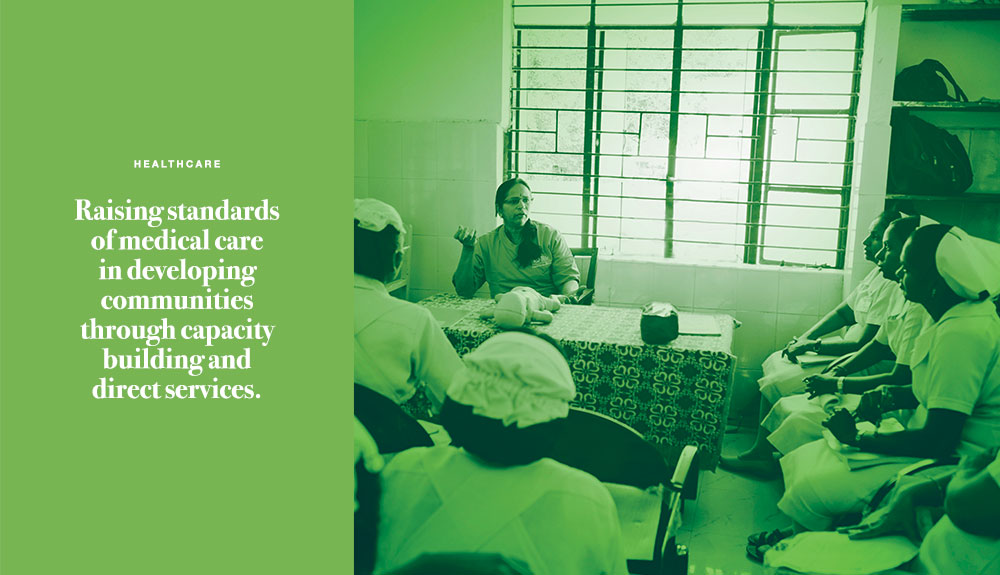
Although he is a practitioner of Chinese opera, Dr Chua Soo Pong, 67, has never felt that the art form needed to be circumscribed by ethnicity. He has always been moved by its power to tell universal stories that are understood across cultures and countries.
With that philosophy, he has been a driving force behind the resurgence of Chinese opera not only in Singapore, but in exporting his version of it to the rest of the world.
A turning point came for him while he was taught by his Indian dance teacher, the late K.P. Bhaskar, a renowned practitioner in Singapore. Dr Chua realised that the arts could harness the beauty of multicultural experiences. It reinforced his belief that Chinese opera need not be just for the Chinese.
He says: “Mr Bhaskar taught Indian dance to many Chinese Singaporeans, including myself. And when I was a student, Chinese boys would perform Malay and Indian dances in school. This is representative of Singapore’s multicultural heritage and has influenced my perception of what Chinese opera can be to others outside of Singapore.”
He remembers how many of the Chinese opera performances he has taken overseas in the last 25 years have thrilled foreign audiences. “When I was in Germany, Japan and Bangladesh, the locals did not want subtitles as they found them distracting. I know they understood the performances because they laughed and applauded at the right times.”
In Khajuraho, India, 3,000 people gathered on the temple grounds to watch his staging of the ancient Indian epic tale Ramayana – performed as a Huangmei opera in 2000 by Singaporean opera performers from the Chinese Opera Institute’s Performing Ensemble, which Dr Chua had founded. The Ramayana had been converted into Chinese opera by Dr Chua and the largely Indian audience was transfixed by the show.
“The performing arts groups from Singapore, Indonesia, Cambodia, Burma and India developed strong friendships and an appreciation of one another’s art forms. We stayed together for a whole week at the same hotel, seeing one another and eating together every day. We might see one group’s dance movements and say, ‘These movements are beautiful! I want to learn it too’.” To Dr Chua, these interactions showed the beauty of mutual understanding among the different cultures in the arts.
A Chinese opera cultural ambassador
Dr Chua started his career as a Chinese opera reviewer for the Sin Chew Jit Poh, a Chinese-medium newspaper in Singapore. In the early 1980s, he became an adviser to Chinese opera troupes and soon began seeking opportunities to participate in international festivals and shows.
Over the last 15 years, he has led or been involved in more than 100 overseas performances by Singapore Chinese opera troupes. These include those from the Chinese Opera Institute, which he founded in 1995 on the urging of the then-chairman of the National Arts Council Tommy Koh, who had wanted to revive the art form.
Dr Chua adds: “Sharing Singapore Chinese opera with the international community is a good way to protect our legacy and heritage. When we started performing abroad, we realised people in other countries appreciated our multicultural heritage, which gave us added confidence as cultural ambassadors.”
He plays a big part in broadening the appeal of Chinese opera for an international audience by writing new operas. He has written the lyrics for more than 30 operas, some of which are adaptations of other works. On occasion, the performers are Malay or Indian.
His adaptation of Ramayana to a Teochew opera was a huge hit when it made its debut in Stuttgart, Germany, in 1991. Today, his Ramayana is performed in six different Chinese opera styles and has become one of his most well-travelled pieces.
Myriad cultural connections
Dr Chua’s work has led to countless cultural connections, earning him friends around the world. One is the director of the Vietnam National Drama Theatre, Nguyen The Vinh. Their collaboration resulted in several performances of Dr Chua’s work in Vietnam – including 15 shows of his musical play, The Mouse Daughter’s Marriage, to nearly 10,000 children in Hanoi in 2016.
Nguyen says that with Dr Chua’s guidance, Vietnamese theatre groups have been able to perform in China and South Korea, adding: “Dr Chua is eager to learn anything that is necessary to his work, including Vietnamese language and culture. He shows that more artists from different cultures should work together for great results, because there are no borders when people work together for good. That is why mutual understanding among cultures is important.”
Dr Chua taught the Vietnamese people traditional Chinese theatre movements. In turn, he learnt traditional Vietnamese theatre movements and incorporated them into a Hokkien opera that was performed in Thailand.
In another collaboration, the Chinese Opera Institute worked with the Surakarta Academy of Arts to present a two-night performance in Indonesia in 2008. The Indonesians also flew to Singapore for lessons with Dr Chua. When they returned, they not only performed the choreography faultlessly, they also designed and wore special Chinese opera-inspired headgear.
Says Dr Chua: “The current President of Indonesia, Jokowi, was then the Mayor of Surakarta, and he was very happy that the two academies worked together on the production. I was later told by one of the Indonesians that she uses the dance skills she learnt from us to enrich their movement vocabulary.”
Today, Dr Chua teaches a postgraduate course in South-east Asian Theatre at the National Academy of Film and Theatre in Hanoi, where he is based. He is regularly invited to conduct Chinese opera workshops in more than 30 countries, from India to Italy.
The father of three is now working on a new opera based on a popular story in Vietnamese theatre that originated in China, about the dramatic ups and downs in a family of three siblings. It will premiere with a Singapore troupe in Vietnam in November 2016.
Says Dr Chua: “Cross-cultural collaborations are a mutual learning experience. They don’t only take place on stage and in workshops, but even informally at the hotels, during meal times and backstage. As they learn from us, we also learn from them. Together, we enrich and enlarge our understanding and practice of our respective art forms.”

